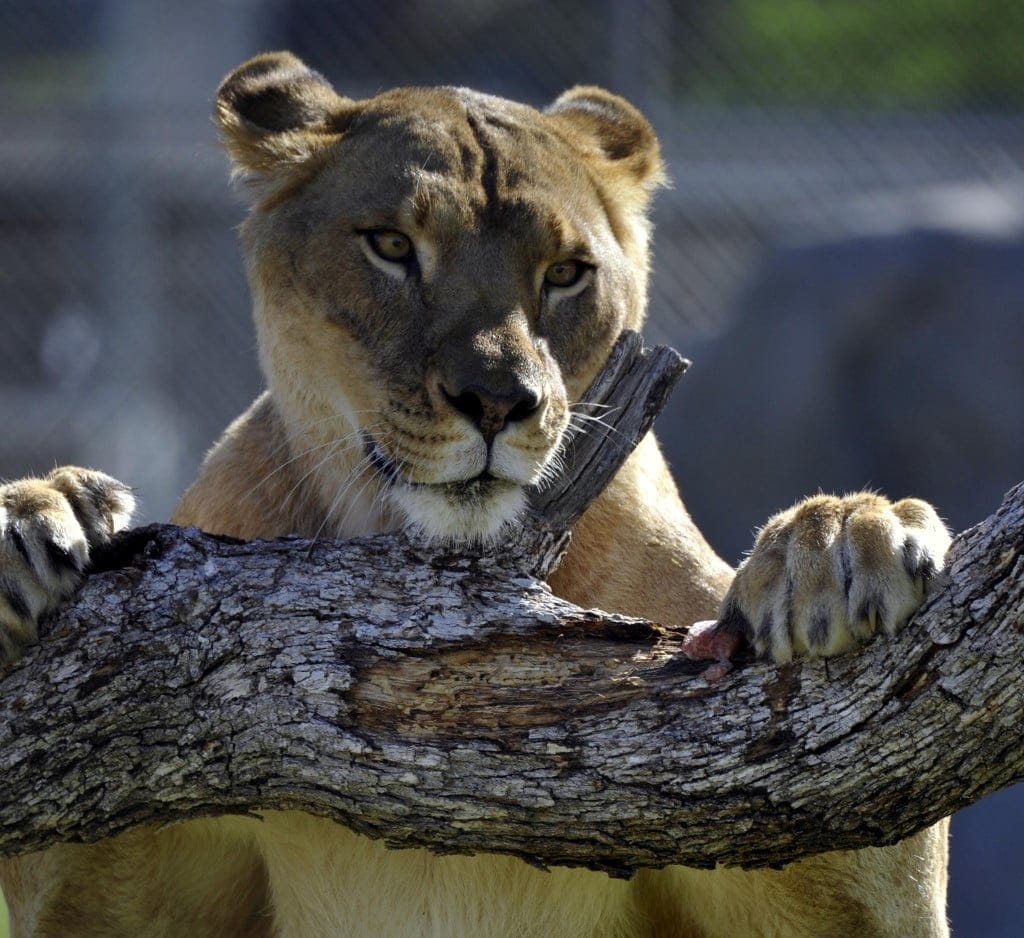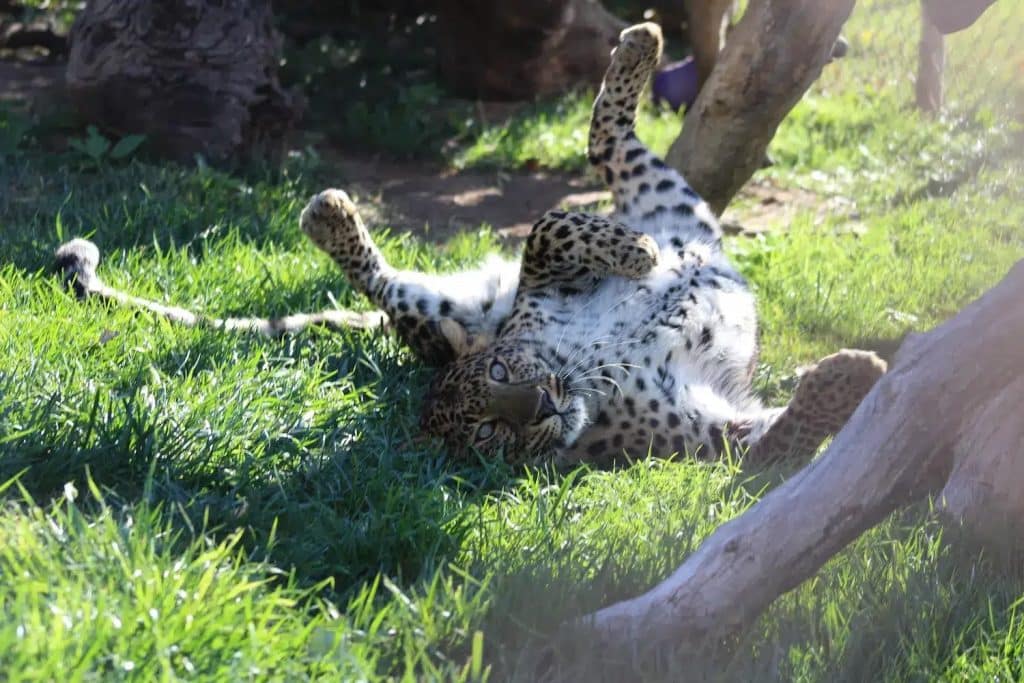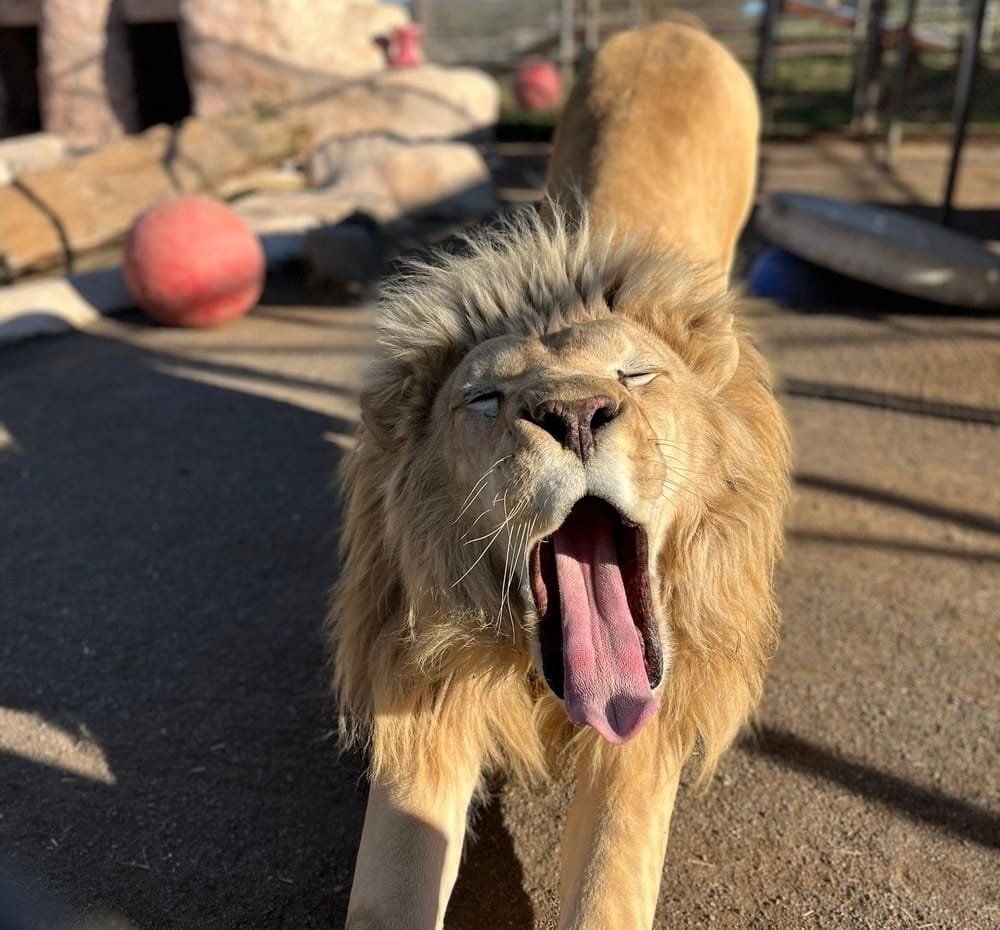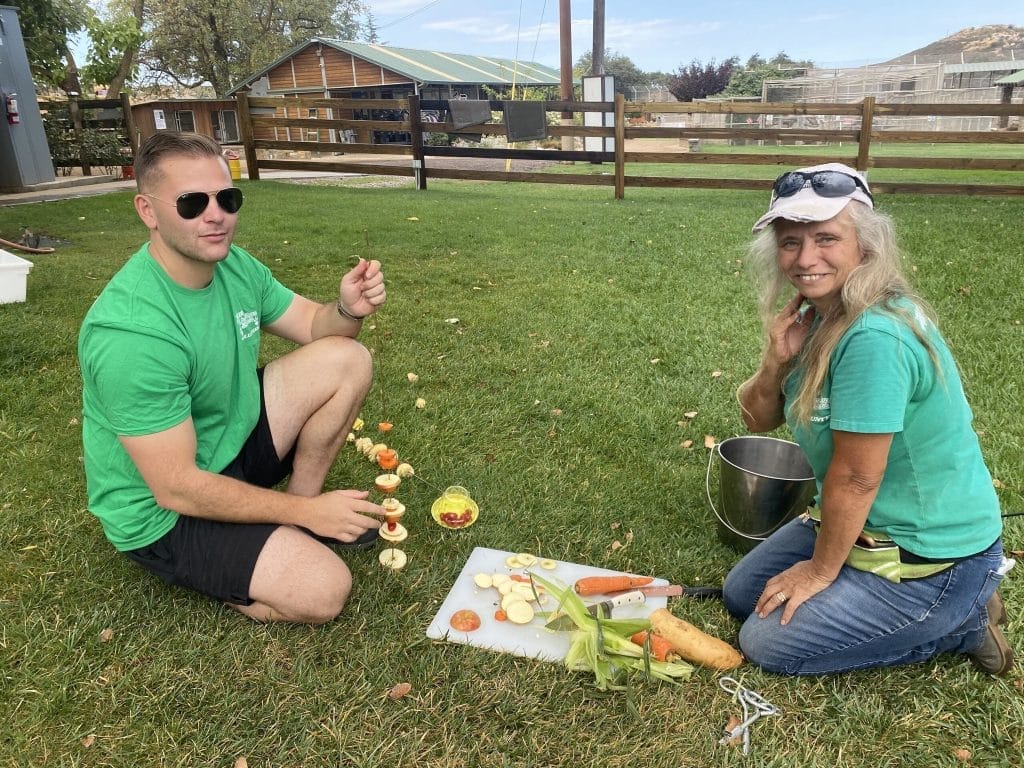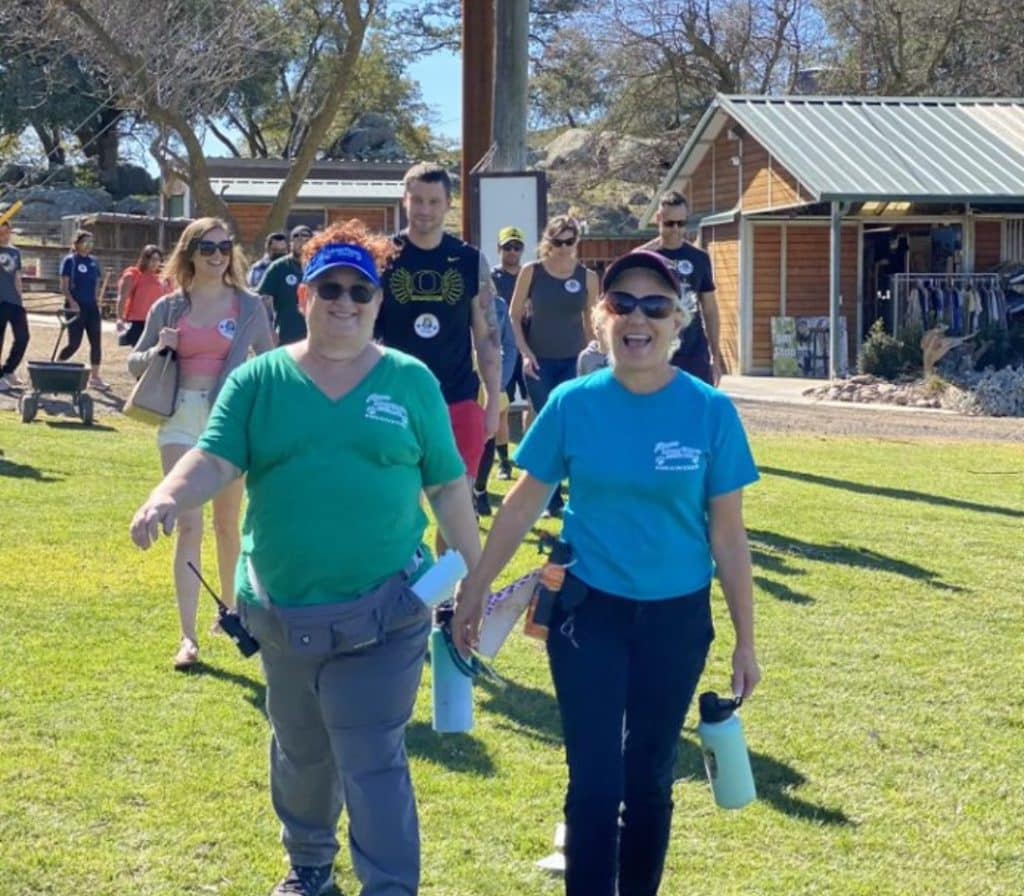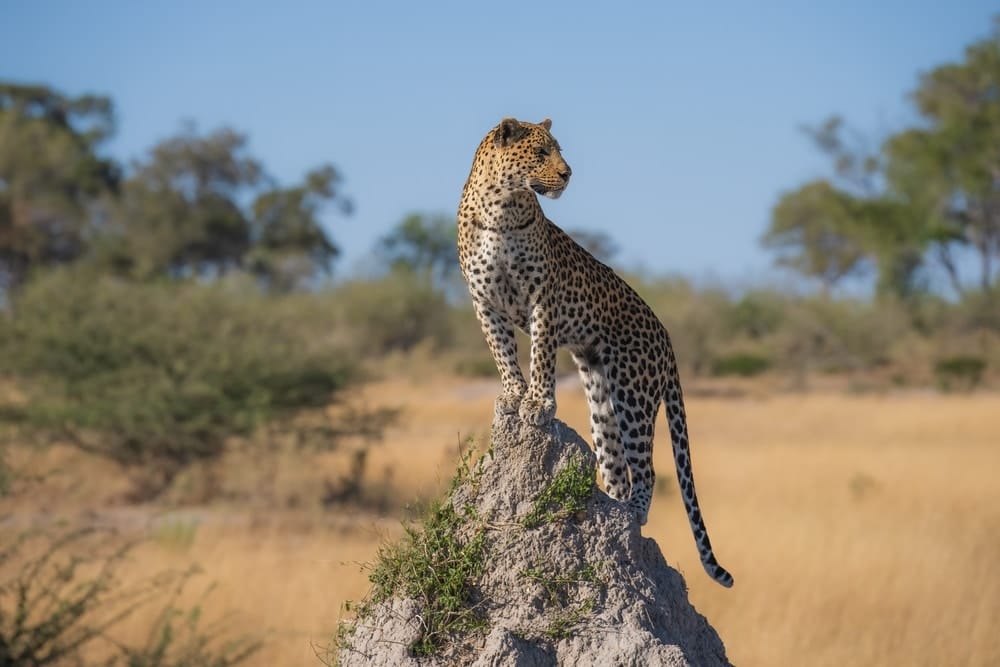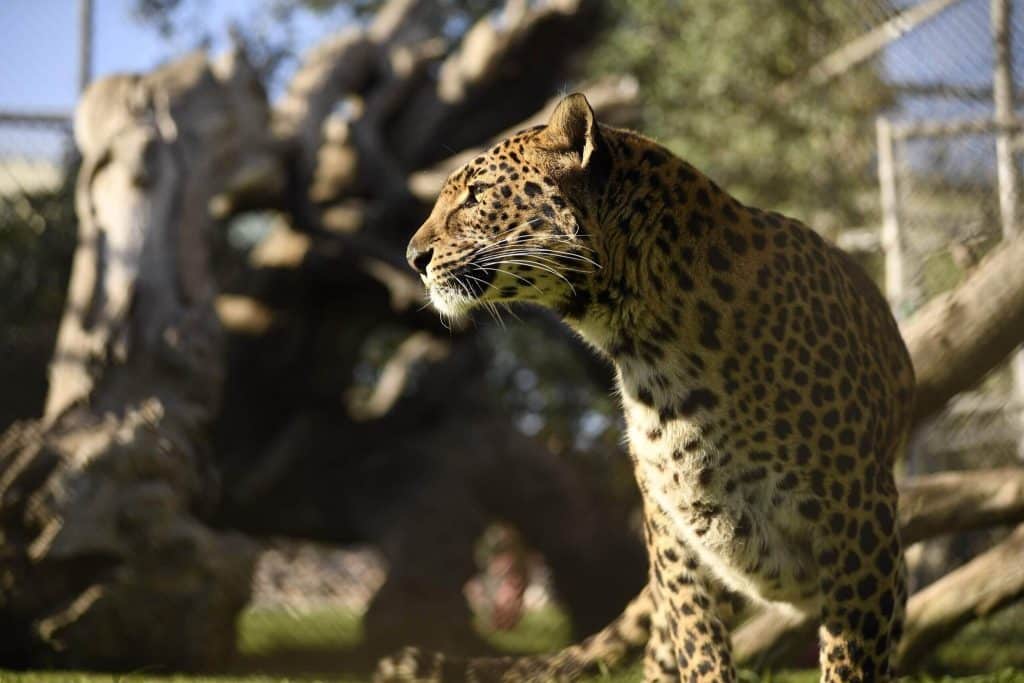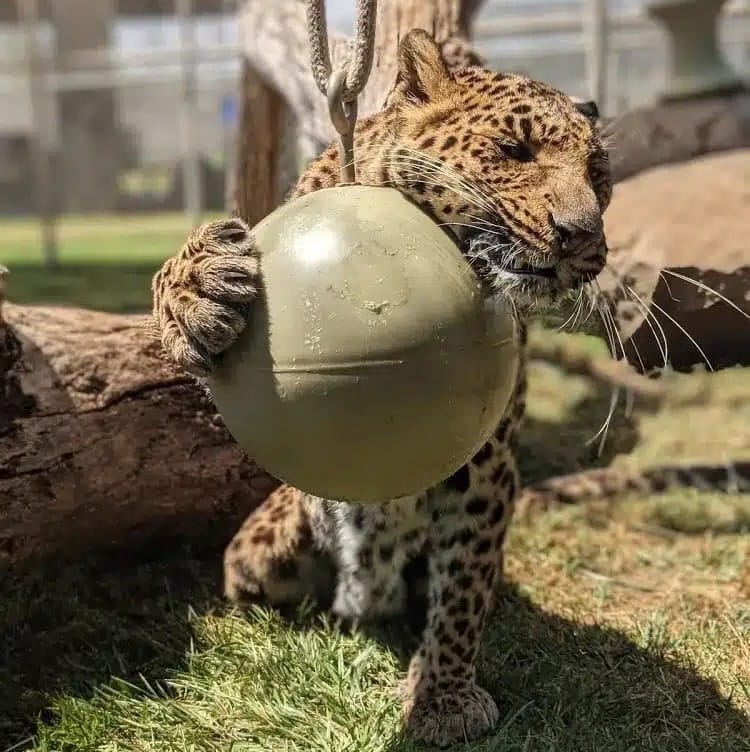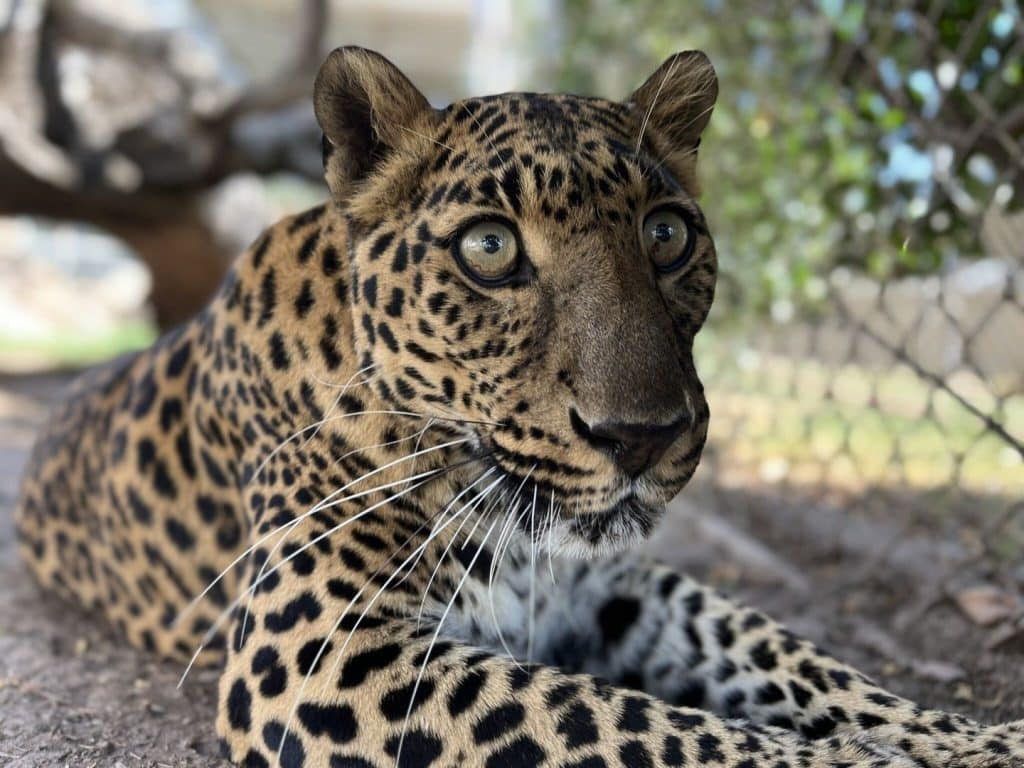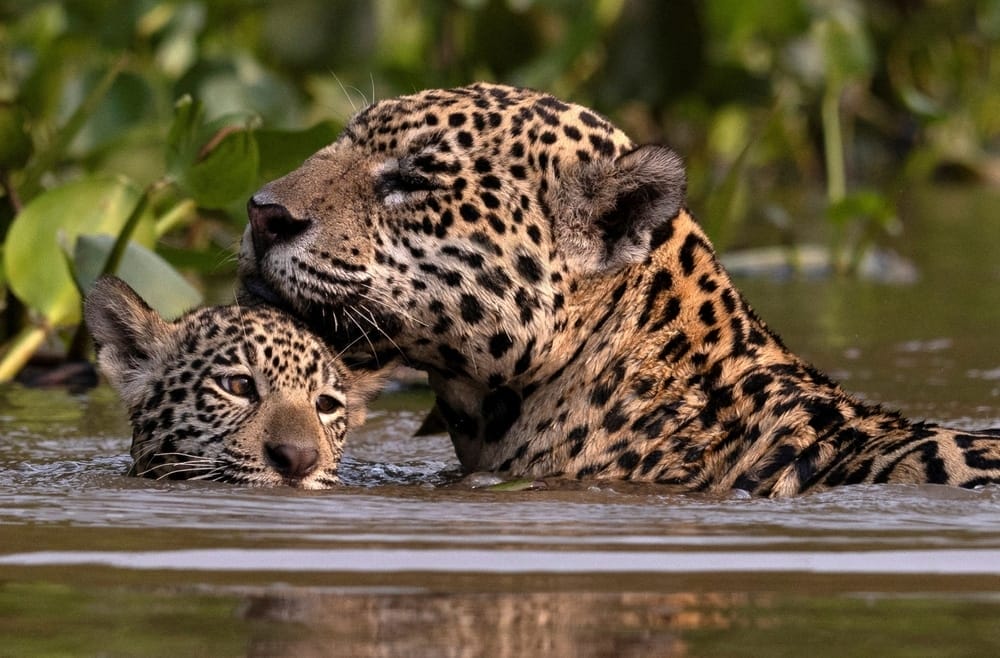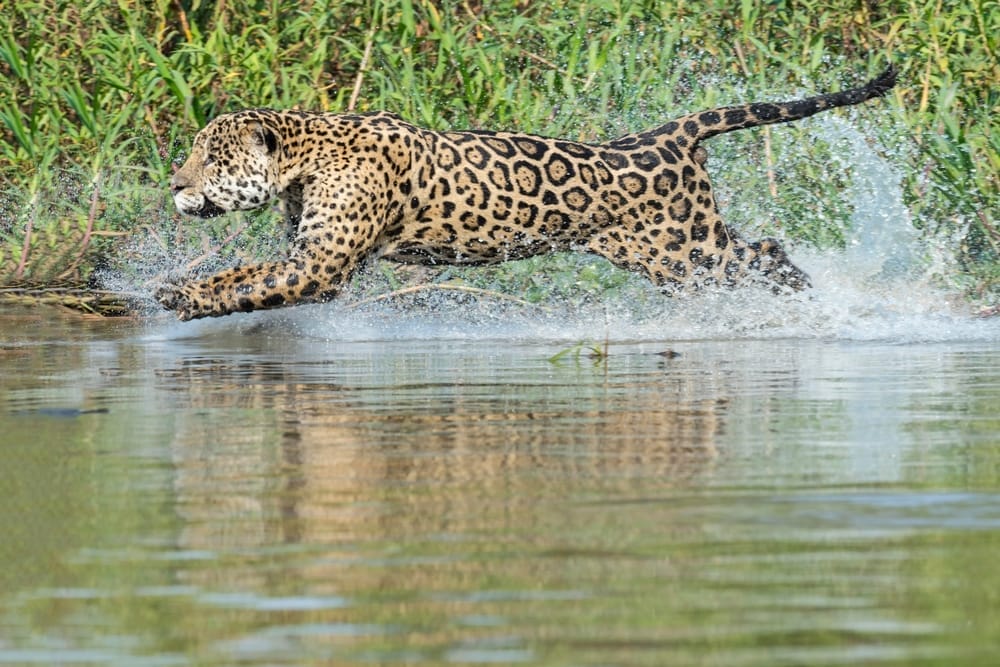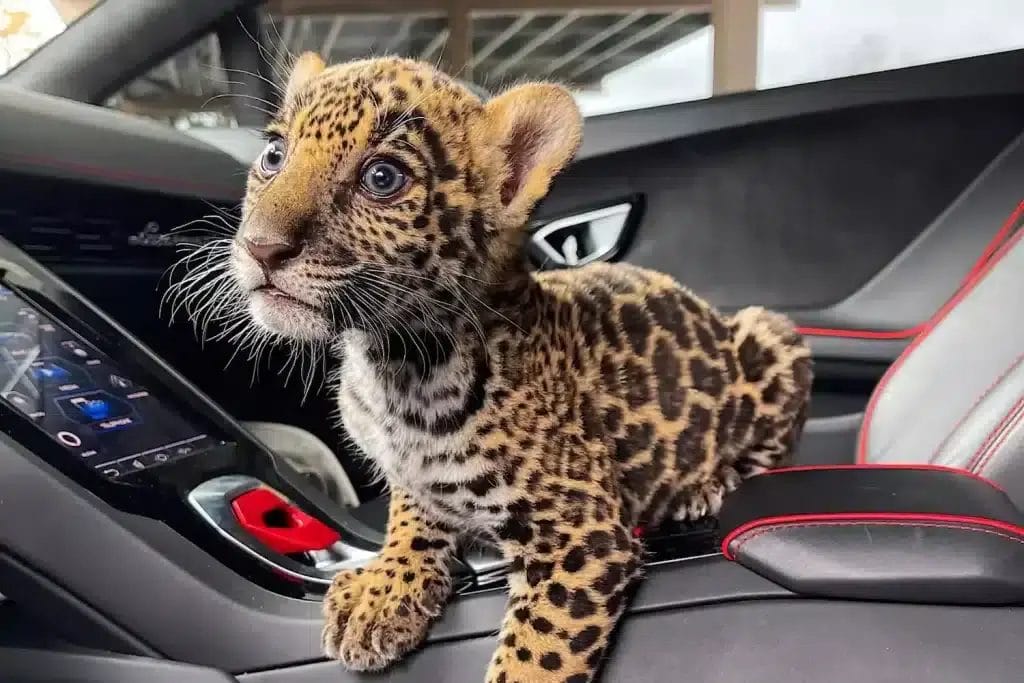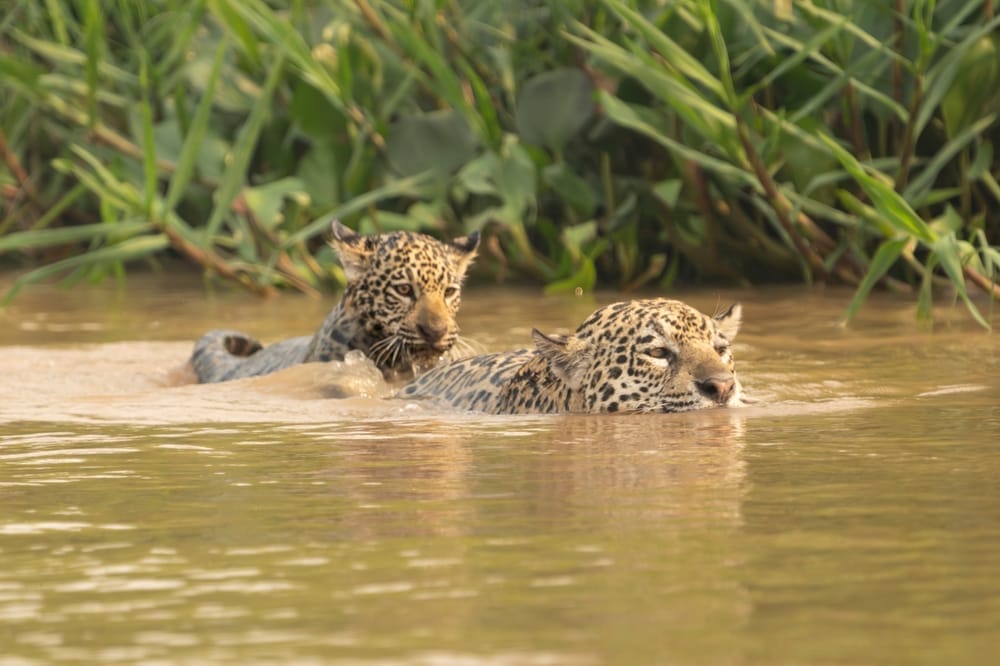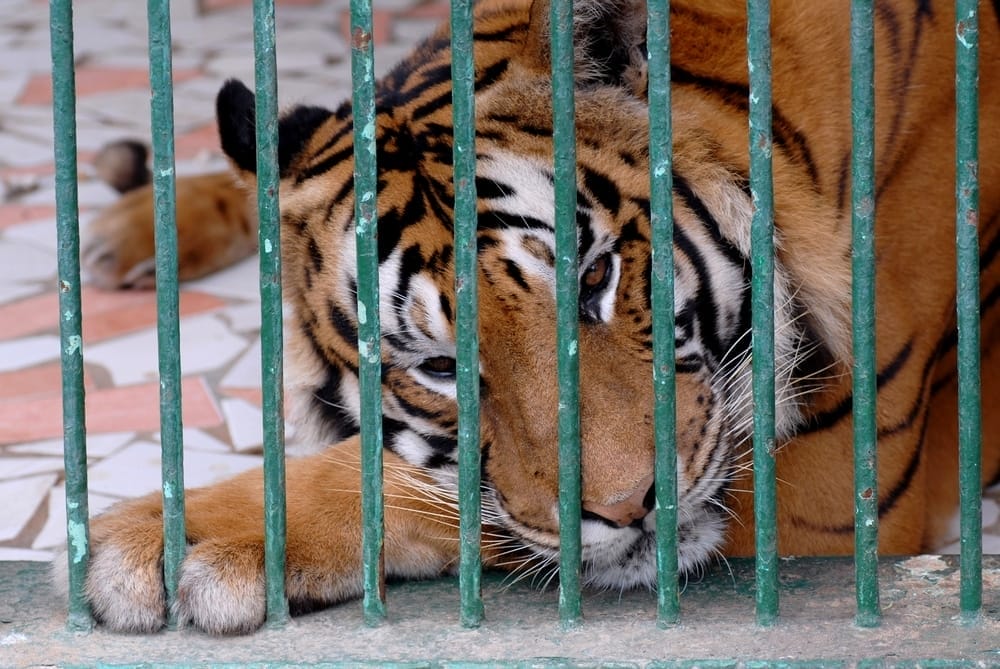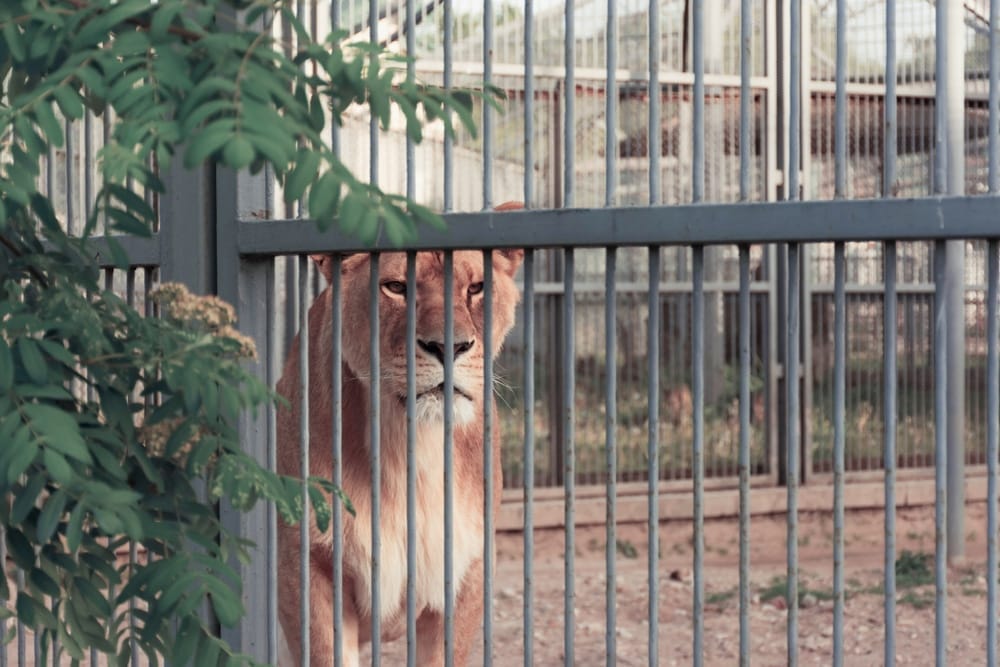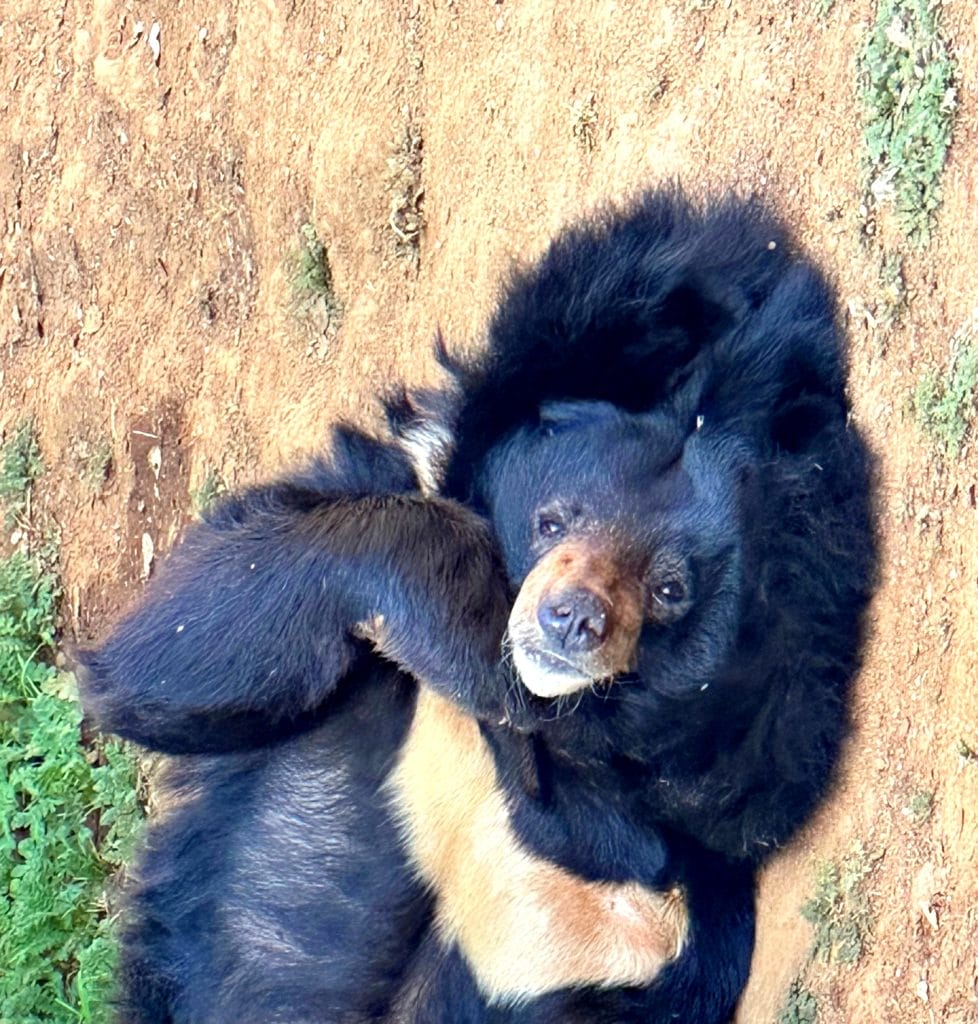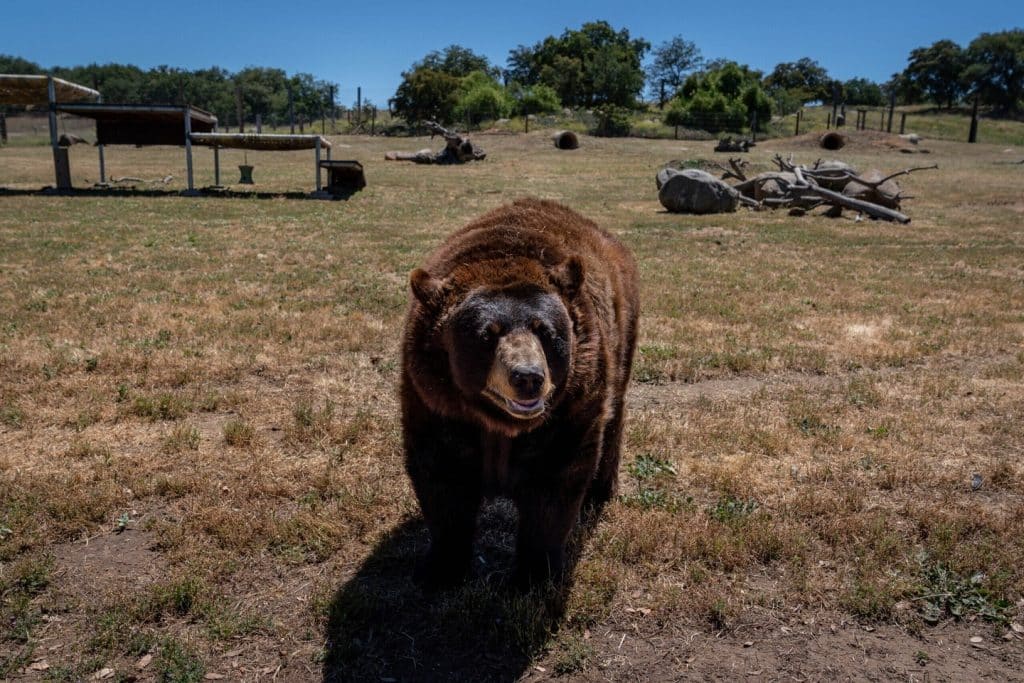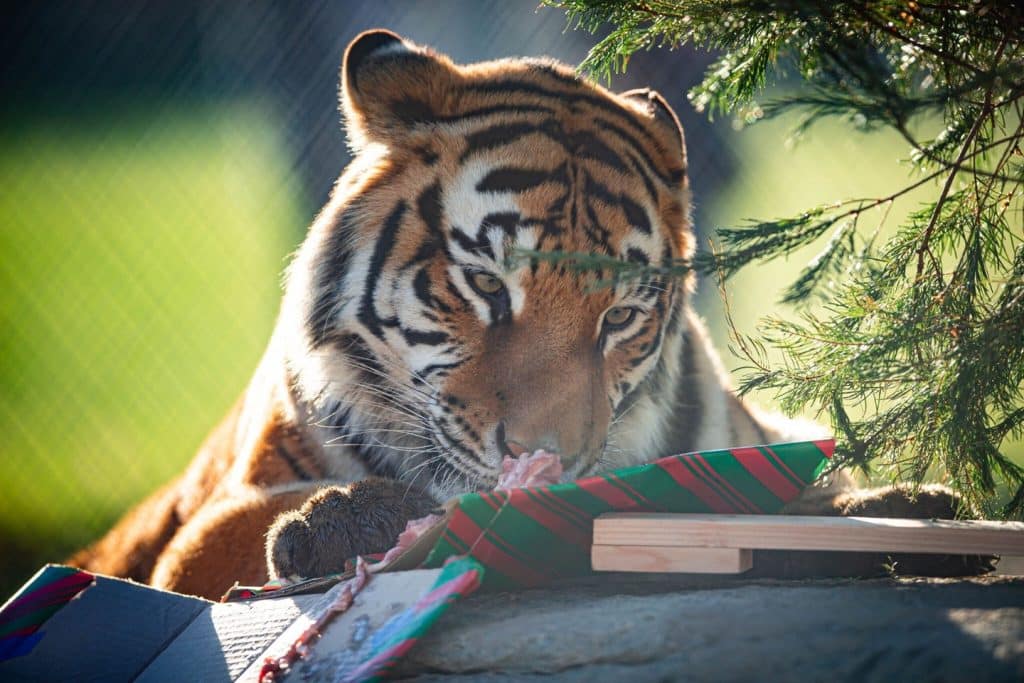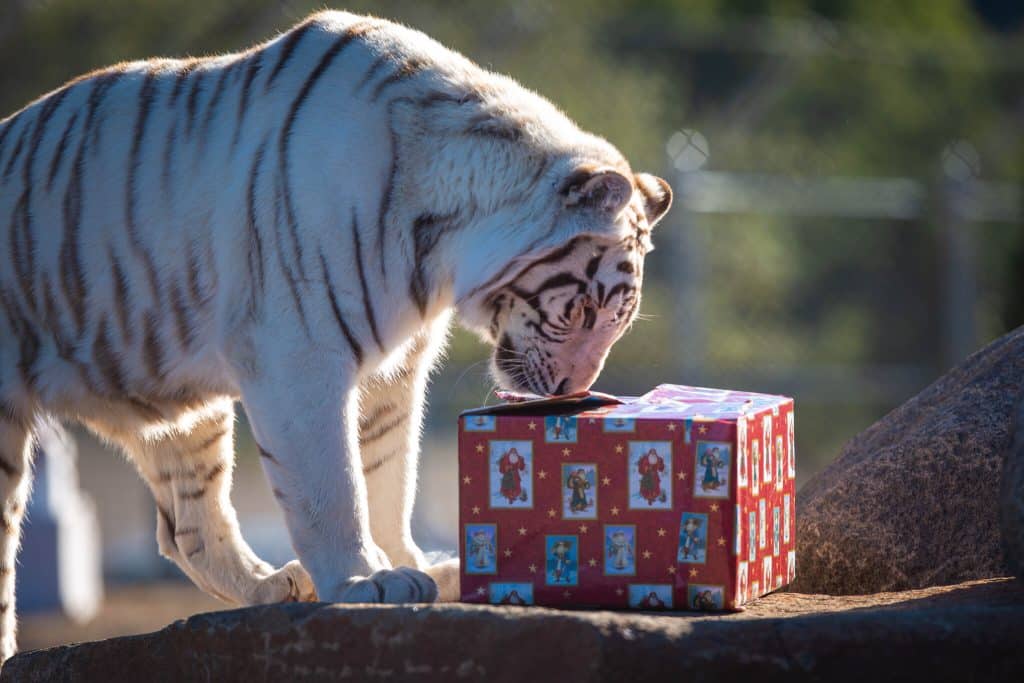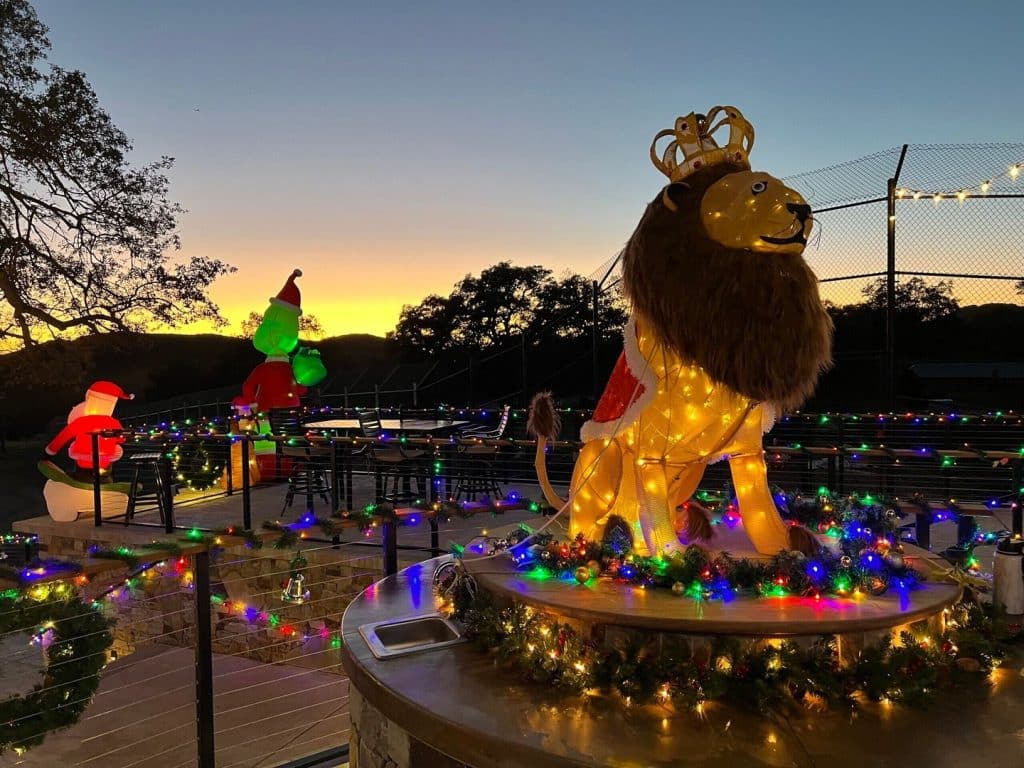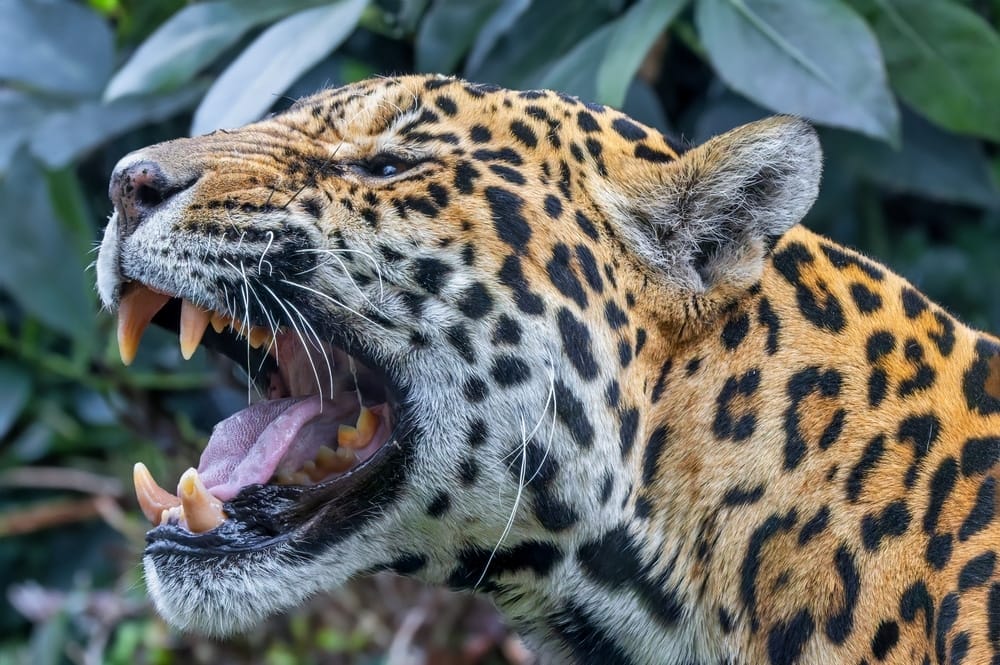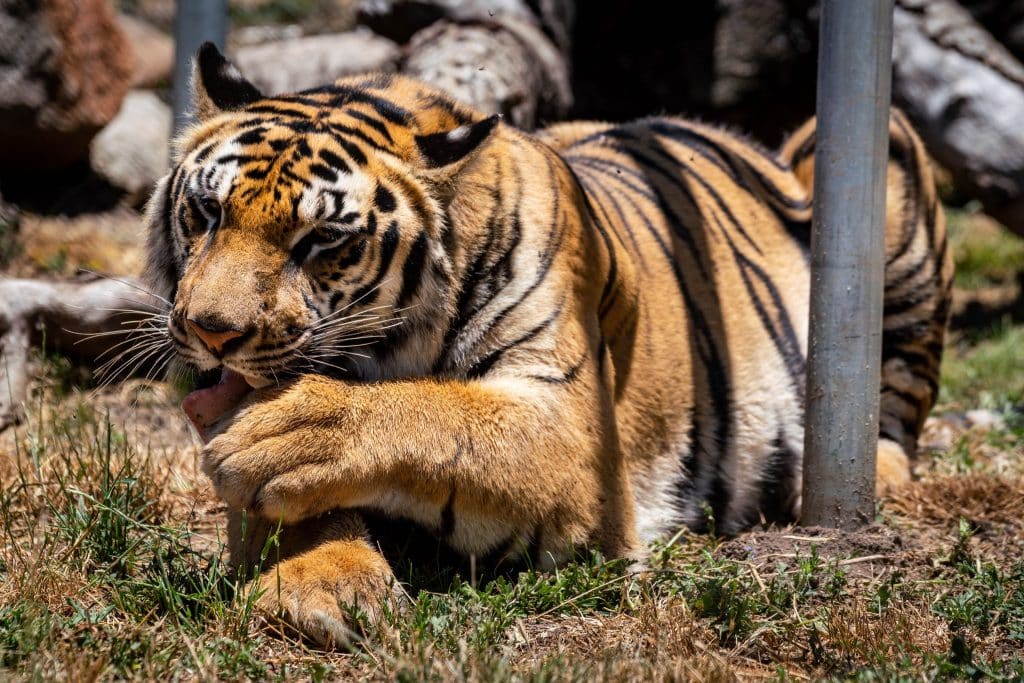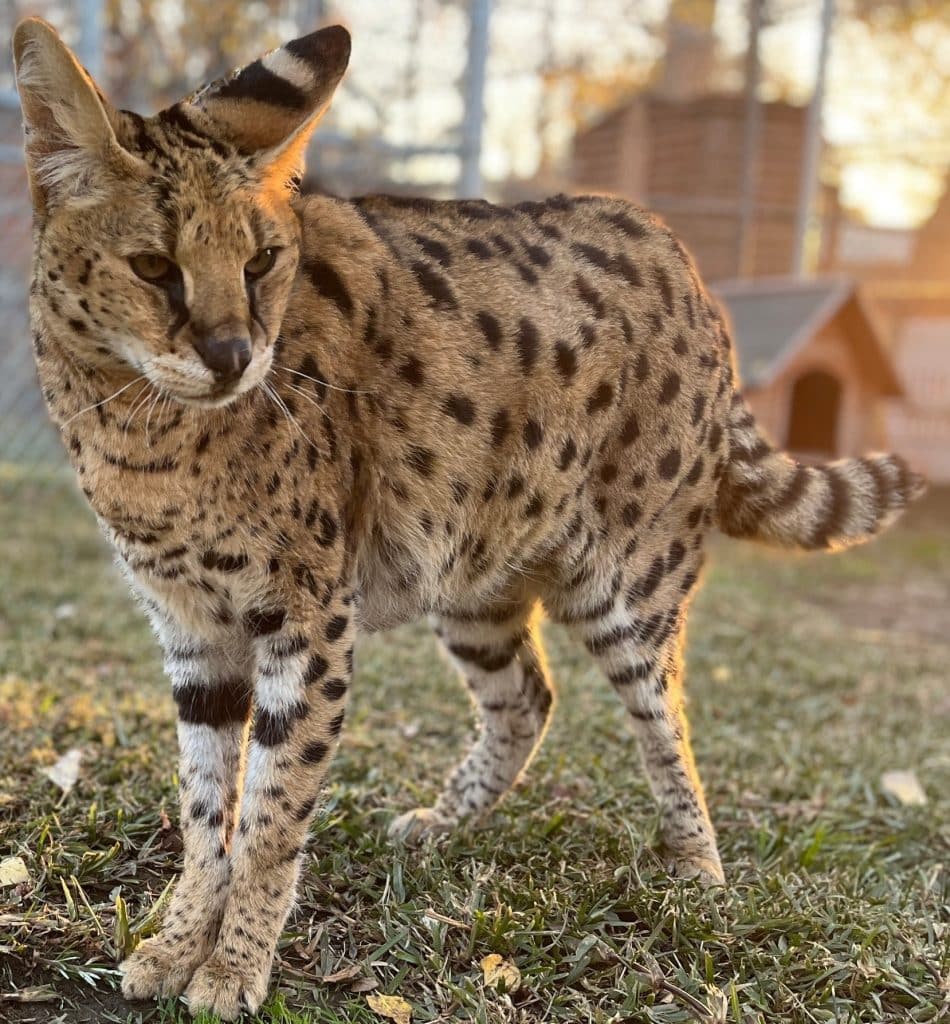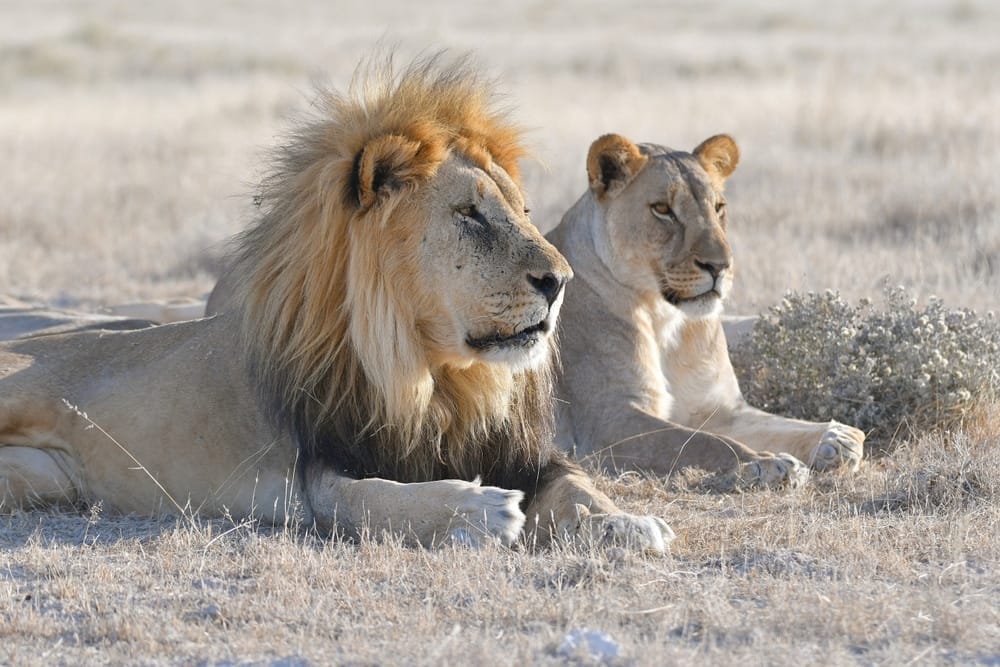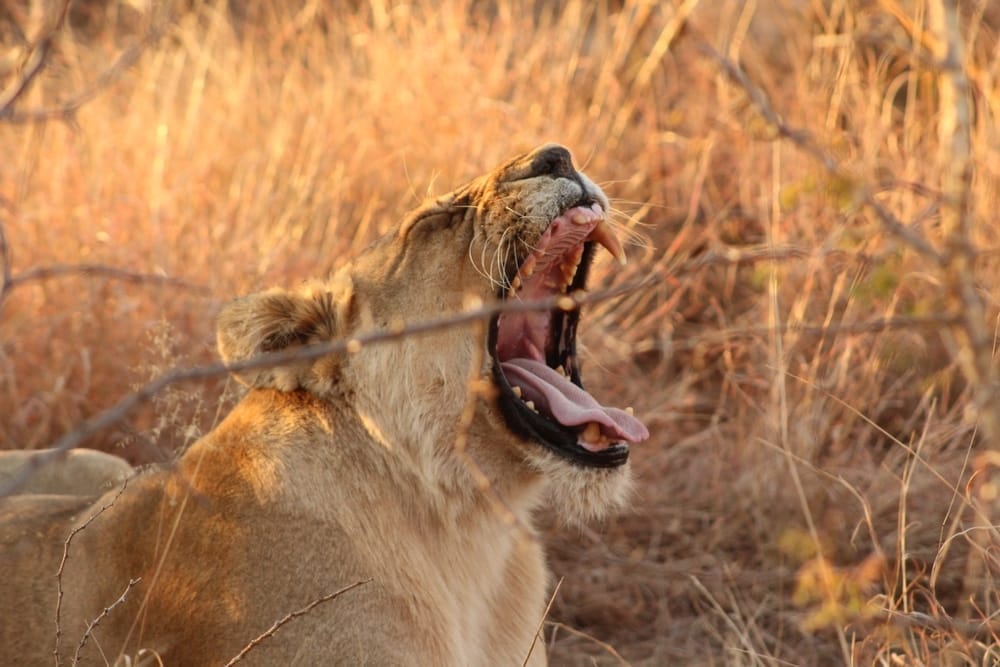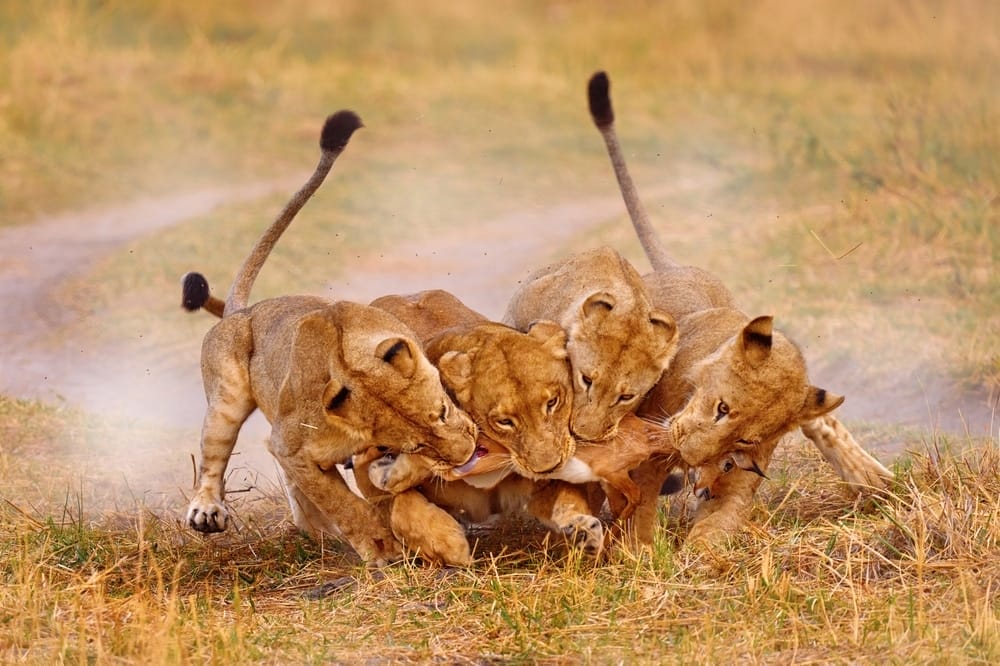Kallie’s Story: Why Declawing Cats Puts Them in Danger

Kallie the tiger once lived a life of photo ops. As a cub, she was passed around for pictures, cuddles, and human entertainment. To make her “safe” for handling, her claws were surgically removed in a procedure known as feline onychectomy. At the time, it may have seemed harmless, just a way to blunt the danger of a playful swipe. But the truth is, declawing cats is not a manicure. It is a painful amputation.
For Kallie, the consequences were devastating. Her paws bore the weight of a full-grown tiger, hundreds of pounds pressing down with each step. Without her claws to stabilize her gait, pressure shifted unnaturally. Over time, the damage was irreversible. Kallie developed chronic pain, severe bone disease, and infections. Eventually, one of her legs had to be amputated to save her life.
Today, after her rescue, Kallie enjoys a safe and fulfilled life at our accredited sanctuary. She has space to roam, enrichment to explore and play, and a team of dedicated caretakers who ensure her comfort. Yet her story remains a stark reminder that declawing is not a solution. It is a life-altering injury that negatively affects both domestic and exotic cats alike.
Why Declawing Cats Is Not Just a “Claw Trim”
Declawing is the surgical removal of the distal phalanx, the last bone in each toe. Imagine losing your fingertip at the last knuckle. That’s the permanent reality for every declawed cat.
This is different from nail trimming or using nail clips, which only shorten the claw. Declawing cuts through bone, tendons, and nerves. It is, in fact, a partial amputation. And while some may still ask, “Why is declawing bad?” the answer is simple: it causes profound and lasting harm across the entire feline family, from house cats to wild tigers.
For domestic cats, declawing often leads to:
- Chronic pain and lameness from altered gait.
- Nerve damage that causes hypersensitivity and even phantom pain.
- Metabolic bone disease occurs as joints and bones weaken over time.
- Behavioral problems including increased aggression or avoiding the litter box.
Now, take those same risks and magnify them in lions, tigers, bobcats, servals, etc. These animals rely on their paws not just for balance, but for survival. The myological capabilities of cats are built to climb, chase prey, and travel long distances. Every step they take puts enormous pressure on their front limbs.
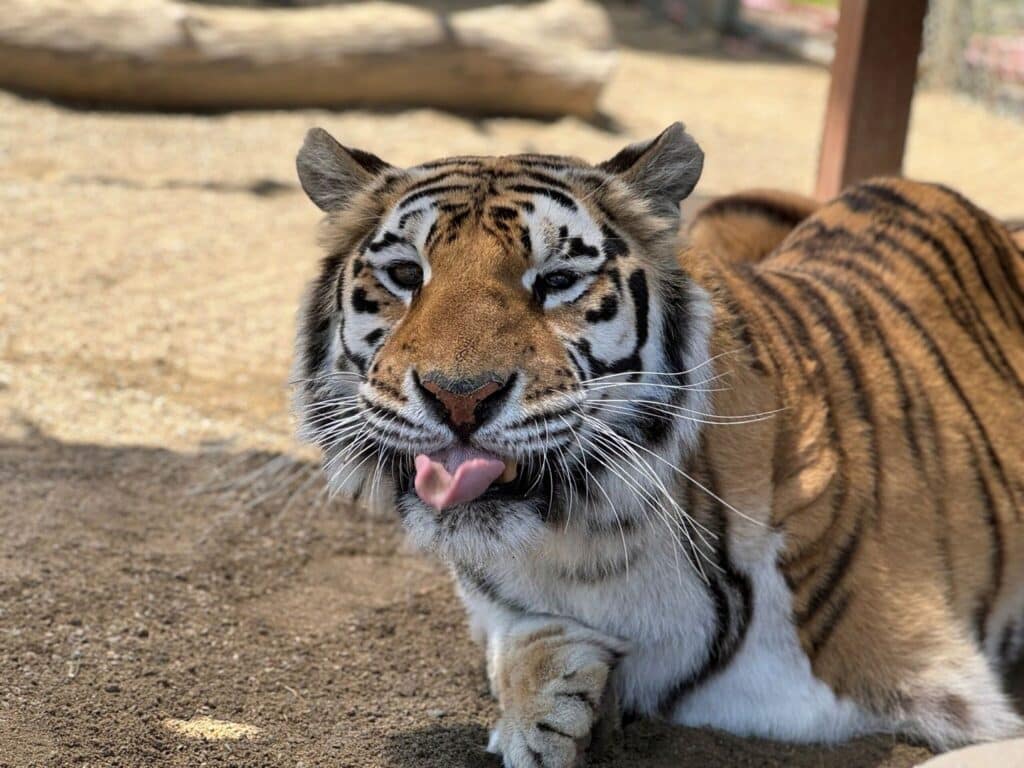
When the natural structure of their paws is altered, the effect is catastrophic. Imagine a marathon runner suddenly forced to race with missing toes. Their stride, power, and endurance would collapse. For big cats in the wild, this loss isn’t just painful. It can mean the difference between catching prey or starving, defending territory or being driven away.
Declawing robs these animals of the very tools nature gave them to survive. In sanctuaries and zoos, it leaves them with chronic pain and disability. In the wild, it can be a death sentence.
The Science Behind the Damage
Research into feline onychectomy dangers reveals how devastating this surgery is for large cats. A landmark study on declawed big cats found:
- A 46–66% loss in forelimb strength.
- A 73% decrease in muscular density of the affected limbs.
- Increased risk of arthritis, bone fragments, and infections.
These findings underscore the biomechanical truth: declawing a tiger or lion compromises the animal’s musculoskeletal system. For animals that rely on their front limbs for balance, climbing, and weight distribution, the fallout is profound.
Veterinarians who study the issue often compare it to altering a car's suspension. Even a slight adjustment has ripple effects throughout the vehicle. For cats, those ripple effects mean pain with every step.
Declawing Exotic Cats
The practice of declawing exotic cats often begins in the cub-petting industry. Cubs are marketed as cuddly photo ops. But their natural cat scratching behavior makes them “unsafe” in operators' eyes. To keep the photo sessions going, their claws are removed.
The tragedy is twofold. First, cubs lose a key part of their natural biology. Second, when they grow too big for handling, they are often discarded, sent to roadside zoos, private collections, or worse. By then, they carry the scars of surgery that will continue to haunt them for life.
Declawed tigers like Kallie often develop abnormal gaits, joint deterioration, and chronic pain syndromes. Some even face secondary amputations, as she did. These procedures strip away their dignity and rob them of natural behaviors that define what it means to be a cat.
Domestic Cats Suffer Too
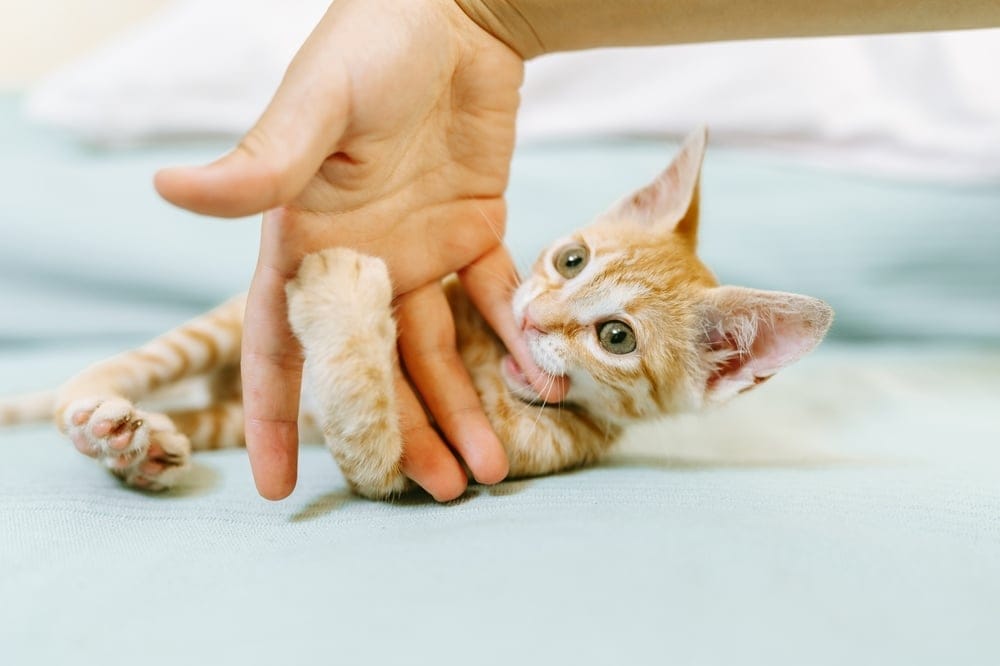
Though Kallie’s story centers on a tiger, the dangers apply just as much to the cat sleeping on your couch. Many cat owners once believed declawing was a quick fix for scratching furniture. But science and lived experience show otherwise. Declawed domestic cats frequently:
- Avoid the litter box, because scratching litter irritates their tender paws.
- Show increased aggression since they lose a key defense mechanism.
- Develop arthritis, lameness, or chronic pain years after the surgery.
Humane Alternatives to Declawing a Cat
There are safe and humane ways to manage cat scratching without resorting to surgery. For domestic cats, owners can try:
- Scratching posts: Provide vertical and horizontal posts to redirect natural scratching.
- Double-sided tape: Apply to furniture to discourage scratching in unwanted places.
- Nail trimming: Regular nail clipping or nail trimming sessions keep cat’s claws manageable.
- Pheromone sprays: Reduce stress and territorial marking that often drive scratching behavior.
These alternatives work with a cat’s instincts instead of against them. They allow household pets to live fully intact lives while protecting your furniture and reducing frustration for cat owners.
The solution for exotic cats is different. Tigers, lions, servals, and bobcats are not meant to be pets or props for photos. The most humane alternative to declawing these animals is simple: stop the practices, like cub-petting and private ownership, that put them at risk in the first place. Sanctuaries and conservation programs show that when these animals are respected and left intact, they can thrive without interference.
Kallie’s New Beginning at Lions Tigers & Bears
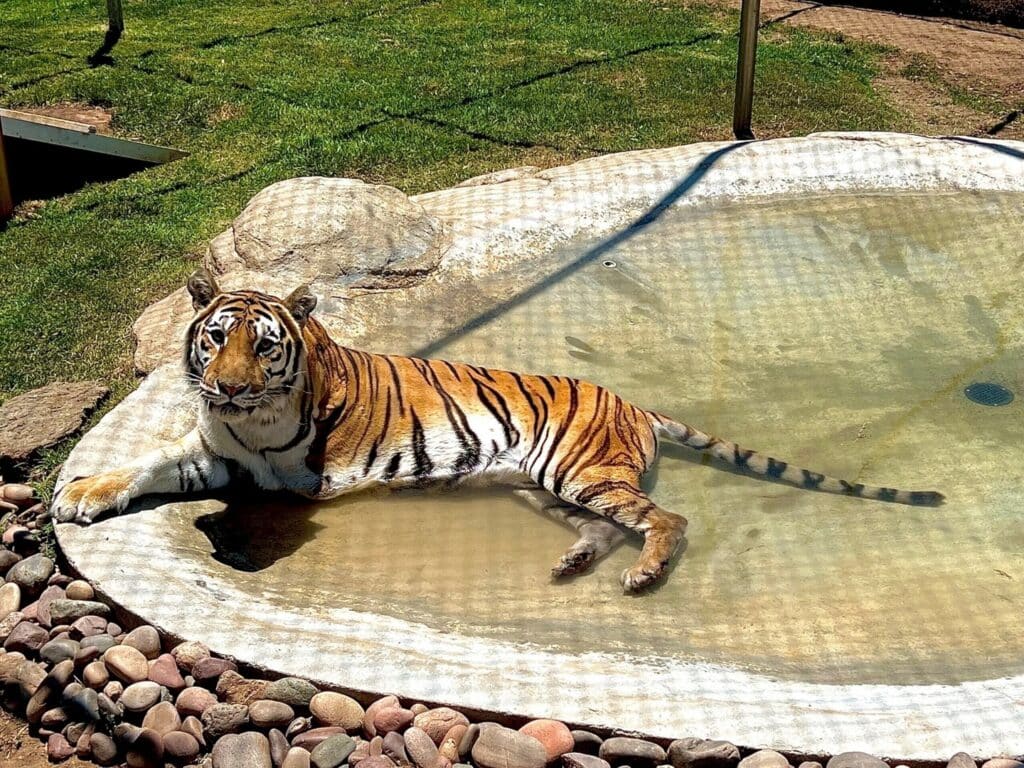
Kallie’s journey did not end with pain. At LTB, she has found a safe home where she can finally live as a tiger should. Despite losing part of her leg, she has adapted with remarkable strength. Our team provides her with specialized care, nutritious meals, medical treatment, and daily enrichment programs that challenge her mind and body.
From exploring new scents to engaging with enrichment toys, every day offers Kallie a chance to heal and thrive. Her story reminds us that even after unimaginable hardship, recovery is possible when animals receive the respect and care they deserve. It also underscores why raising awareness about why declawing is bad is so important. No cat should have to endure what Kallie went through.
Your support makes this work possible. Together, we can protect them, care for them, and share their stories to inspire change.
